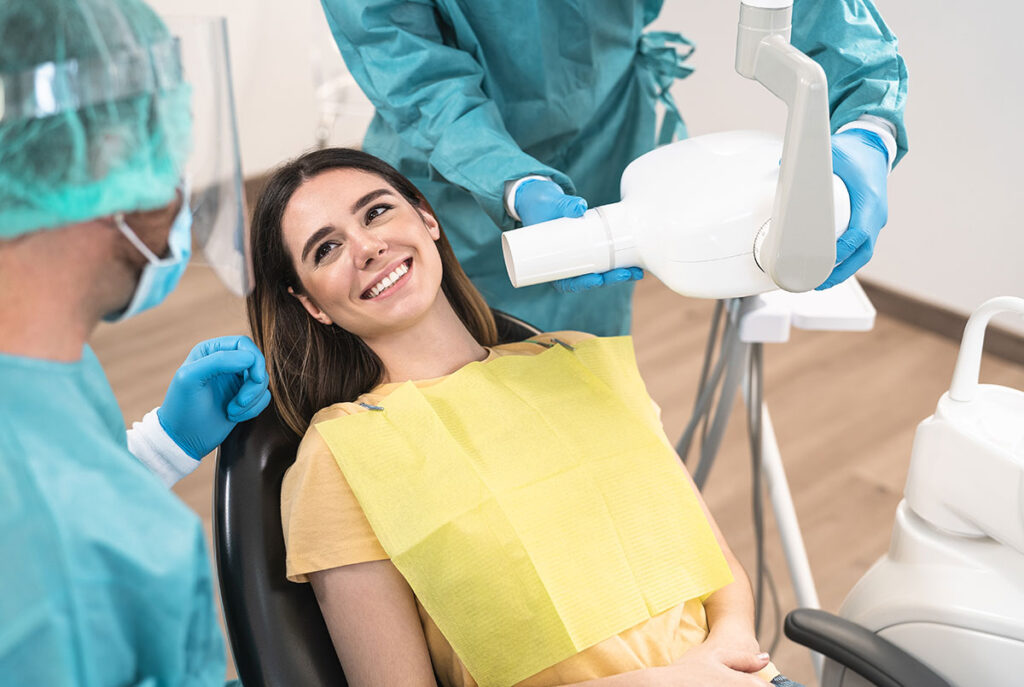Oral Surgery In Clinton Township, MI
Oral surgeons, also known as oral and maxillofacial surgeons, are qualified dentists who have completed an additional four years of specialized training. Their advanced education includes anesthesiology and the diagnosis and surgical treatment of defects, injuries and diseases of the mouth, jaw, teeth, neck, gums and other soft tissues of the head.
What are some common oral surgeries performed? Clinton Township, MI
Tooth Extraction Clinton Township, MI
After the application of anesthesia, special tools are inserted between the tooth and gum surrounding the tooth. The tooth is moved back and forth within its socket (the bone that encases the tooth’s root) until it separates from the ligament that holds the tooth in place. Sometimes a tooth is cut into small pieces (sectioned) before it is removed.
Impacted Tooth Extraction Clinton Township, MI
The method for removing an impacted tooth will depend on how many roots it has and its location under your gum. Patient sedation is often used in addition to the application of an anesthesia to the impacted area. A gum tissue flap is created to access bone tissue, and a small opening is made in the bone that covers the impacted tooth. The impacted tooth is then cut into small pieces (sectioned) and removed through the opening. The gum tissue flap is then repositioned and sutured in place.
Wisdom Teeth Extraction Clinton Township, MI
Third molars, also called wisdom teeth, are the last set of permanent teeth to erupt in a person’s mouth and are the ones least needed. Wisdom teeth can endanger a patient’s dental health when:
- They erupt through your gum, but your jaw is too small to hold them. As a result, they force other teeth out of alignment and can damage your bite.
- They do not erupt through your gum and are not in a normal position. As a result, they crowd the roots of other teeth, force them out of alignment, and can damage your bite.
Surgery to remove wisdom teeth is typically the best course of action. If a wisdom tooth has fully erupted through the gum, a standard tooth extraction is performed. If the tooth has not erupted through the gum, an impacted tooth extraction method is used.


